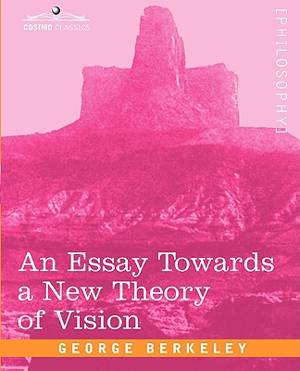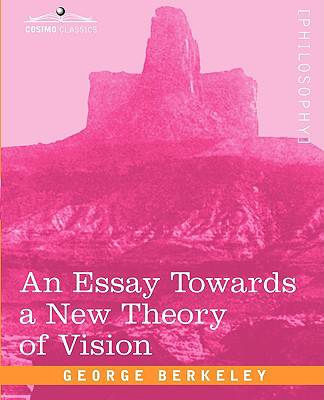
- Afhalen na 1 uur in een winkel met voorraad
- Gratis thuislevering in België vanaf € 30
- Ruim aanbod met 7 miljoen producten
- Afhalen na 1 uur in een winkel met voorraad
- Gratis thuislevering in België vanaf € 30
- Ruim aanbod met 7 miljoen producten
Zoeken
€ 18,95
+ 37 punten
Uitvoering
Omschrijving
Forming a triangle of British empiricism with Locke and Hume, George Berkeley's direct influence on modern thought cannot be overstated. From the American Founding Fathers, who looked to him as the pioneer of their idealism, to the reality-questioning motives of quantum physics, Berkeley's odd yet profound view of the nature of human awareness, a sense he trusted implicitly, has in turn shaped our perception of the universe at large. His 1709 "Essay Towards a New Theory of Vision" reads like the ramblings of a madman-and he was, in fact, dismissed as such in his time-but his discussion of perception, distance, parallelism, magnitude, and other elements of vision, presented as 160 suppositions, is now recognized as a foundational work on the theory of optics. This strange work will intrigue readers of philosophy and scientific theory. Irish scientist, philosopher, and writer GEORGE BERKELEY (1685-1753) also wrote A Treatise Concerning the Principles of Human Knowledge (1710) and Three Dialogues Between Hylas and Philonous (1713).
Specificaties
Betrokkenen
- Auteur(s):
- Uitgeverij:
Inhoud
- Aantal bladzijden:
- 60
- Taal:
- Engels
Eigenschappen
- Productcode (EAN):
- 9781605204420
- Verschijningsdatum:
- 1/12/2008
- Uitvoering:
- Paperback
- Formaat:
- Trade paperback (VS)
- Afmetingen:
- 190 mm x 235 mm
- Gewicht:
- 117 g

Alleen bij Standaard Boekhandel
+ 37 punten op je klantenkaart van Standaard Boekhandel
Beoordelingen
We publiceren alleen reviews die voldoen aan de voorwaarden voor reviews. Bekijk onze voorwaarden voor reviews.








